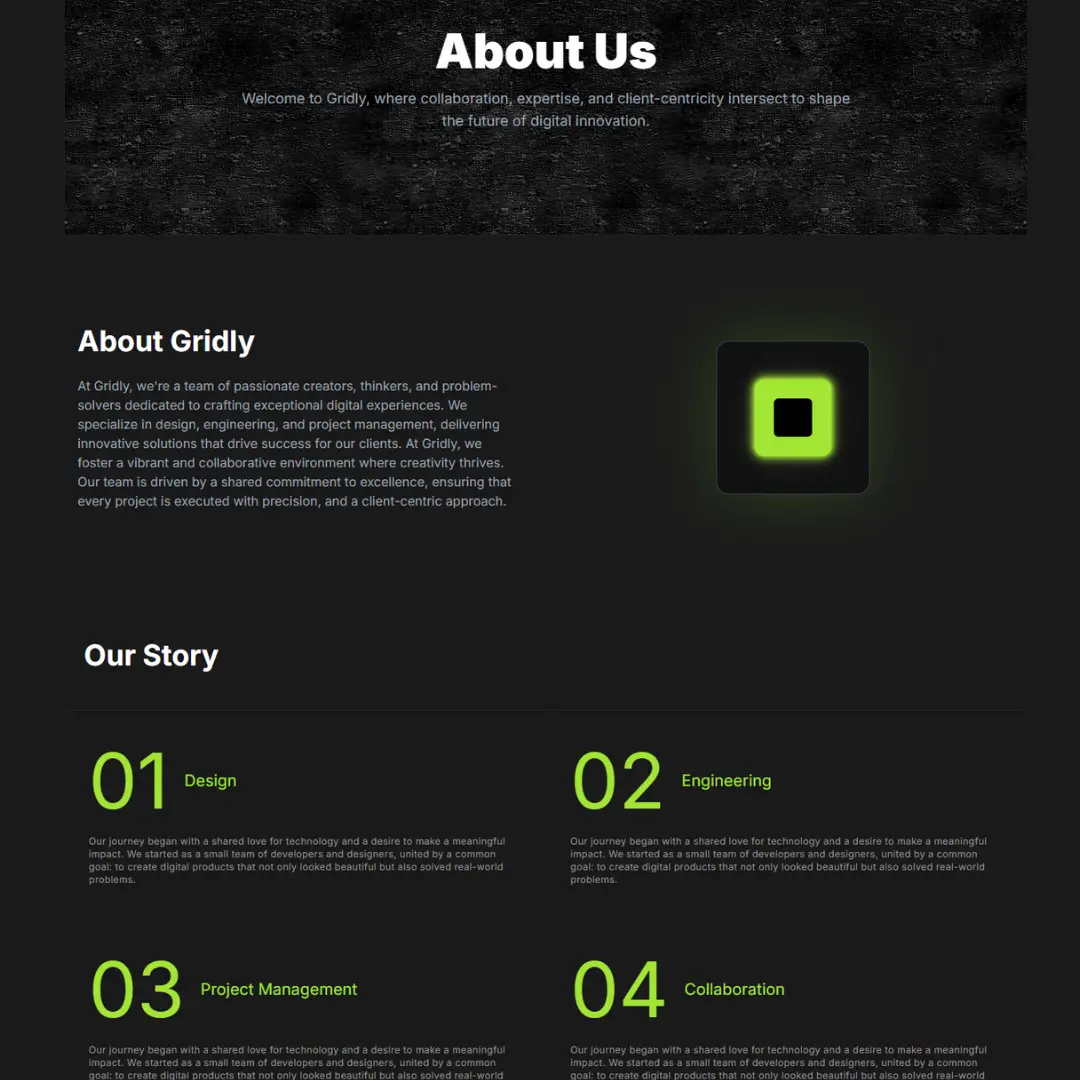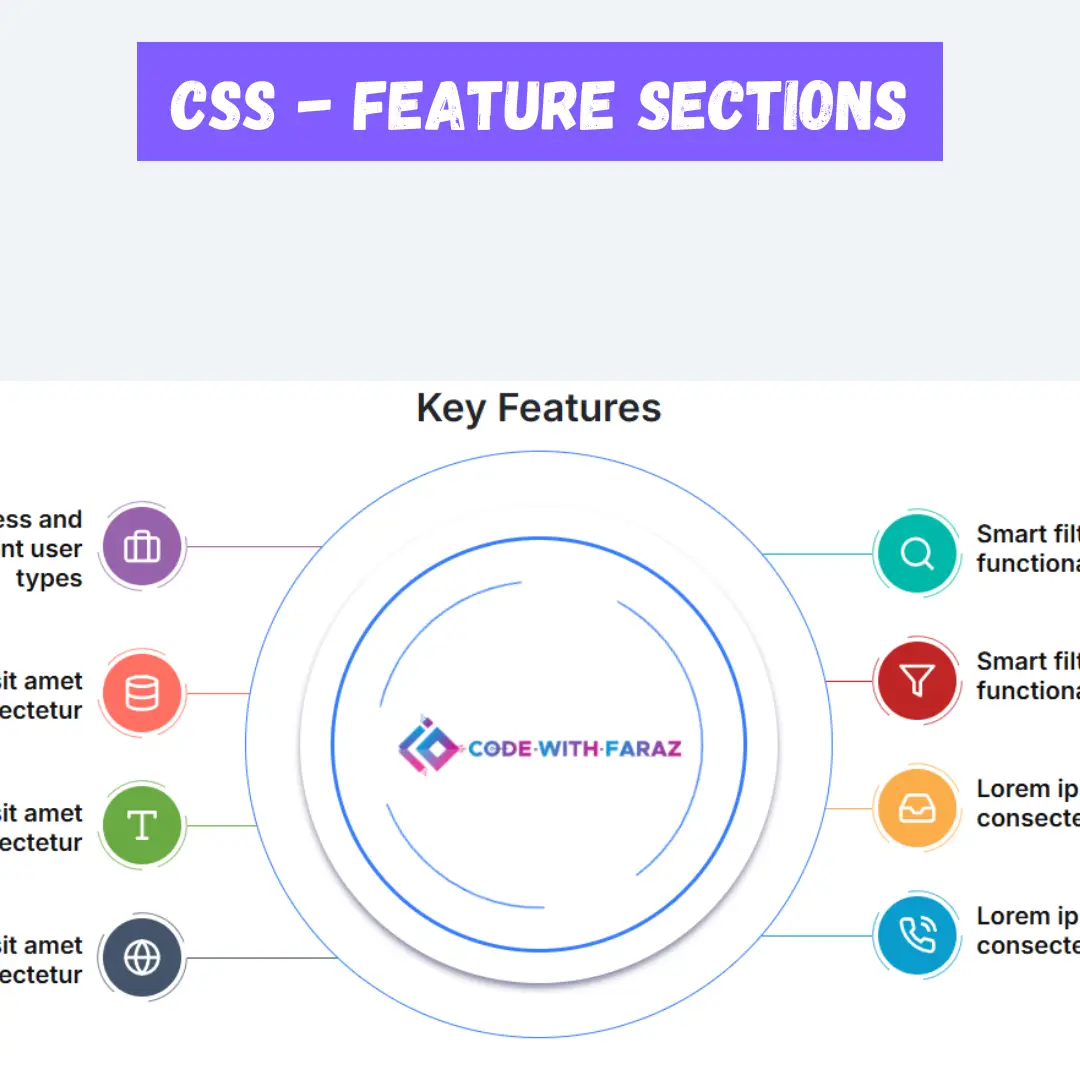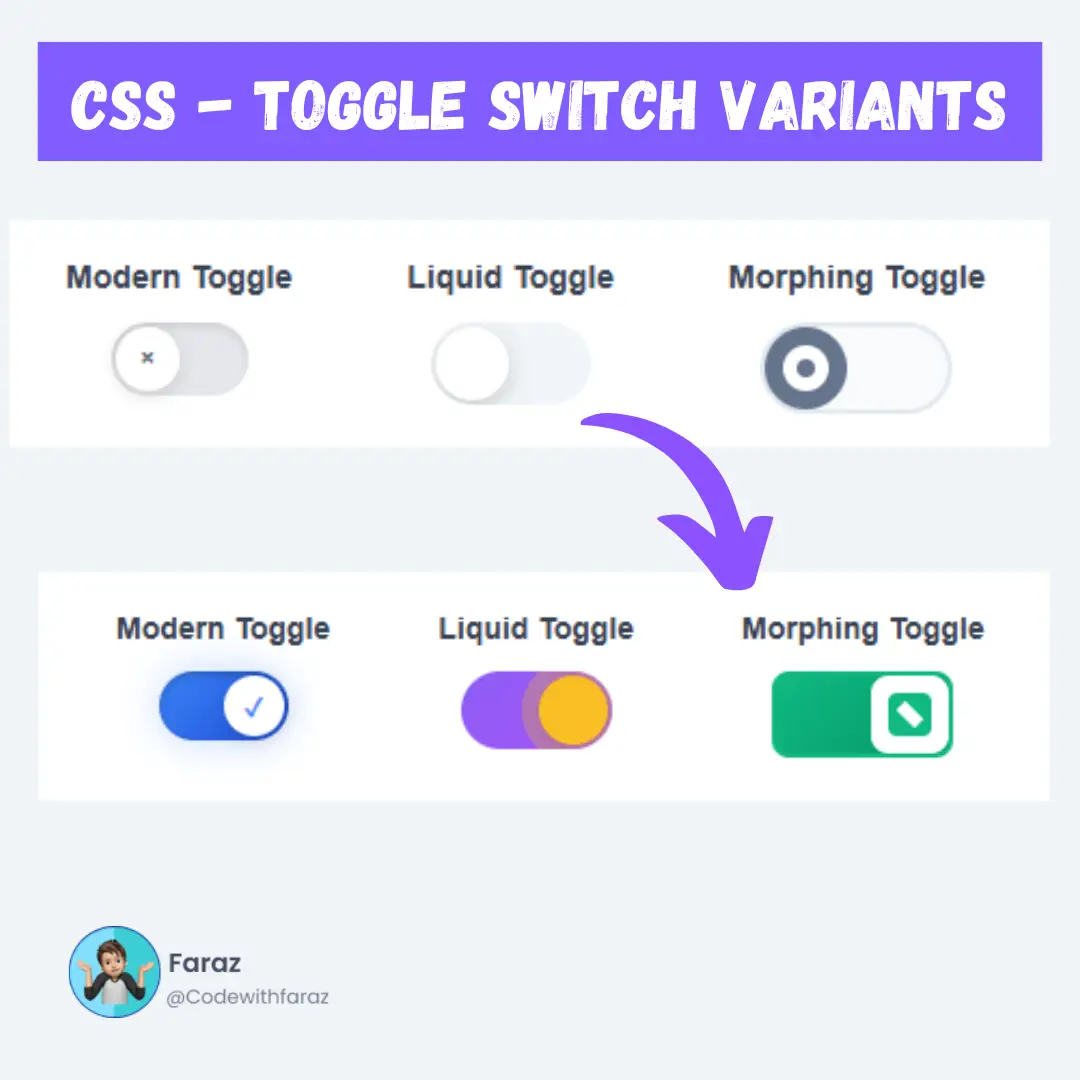Learn how to create a Music Player App in C# from scratch. This tutorial provides step-by-step instructions and includes the complete source code.

Are you a music enthusiast looking to create your own music player app? If you have a background in C# programming or are eager to learn, you're in the right place! In this article, we will explore the process of building a music player app using C# and provide you with the complete source code. By the end, you'll have the knowledge and resources to create your very own music player app from scratch. Let's dive in!
Table of Contents
- Introduction
- About the Project
- Setting Up the Development Environment
- Designing the User Interface
- Implementing Functionality
- Conclusion
- FAQs
- Source Code
I. Introduction
In this tutorial, we will explore the process of building a Music Player App using C#. Whether you are a beginner or have some experience with C# programming, this guide will walk you through the steps required to create a functional and customizable music player. By the end of this tutorial, you will have a Music Player App with a sleek user interface, music playback functionality, and the ability to add additional features. Let's get started!
II. About the Project
A Music Player App in C# is a software application that allows users to play and manage their music files on a computer. Developed using the C# programming language, this app provides a user-friendly interface for users to browse, select, and play their favorite songs.
The Music Player App in C# typically offers a range of features to enhance the user experience. These features may include:
- User Interface: The app presents a visually appealing and intuitive interface where users can view their music library, create playlists, and control playback.
- Music Playback: Users can play, pause, stop, and skip tracks within the app. They can also control the volume and seek to specific parts of a song.
- Playlist Management: The app allows users to create and manage playlists, add or remove songs from playlists, and reorder tracks.
- Music Organization: Users can organize their music library by creating folders, sorting songs by artist, album, or genre, and adding metadata such as song title, artist, and album cover.
III. Setting Up the Development Environment
Before diving into app development, you'll need to set up your development environment. Follow these steps to get started:
Installing Visual Studio
Visual Studio is a popular integrated development environment (IDE) for C# development. You can download and install the latest version of Visual Studio from the official Microsoft website. Make sure to select the C# workload during the installation process.
Creating a New Project
Launch Visual Studio and create a new C# project. Choose the appropriate project template for your target platform (e.g., Windows Forms or WPF for desktop apps, Xamarin for mobile apps). This creates the basic structure for your music player app, including the necessary files and references.
IV. Designing the User Interface
A well-designed user interface is crucial for a music player app. Consider the following aspects when designing your UI:
Adding Controls and Components
Drag and drop controls from the toolbox onto your form to add buttons, labels, sliders, and other interactive elements. These controls will allow users to interact with your app and control the music playback.
Customizing the Layout
Arrange the controls on your form to create an intuitive and visually appealing layout. Use containers like panels or group boxes to organize related controls. Consider incorporating visual elements that reflect the theme or branding of your app.
V. Implementing Functionality
Now it's time to implement the core functionality of your music player app. Let's explore some essential features:
Loading and Playing Audio Files
Implement the logic to load audio files from the user's library or a specified location. Utilize libraries or APIs that support audio playback, such as NAudio or Windows Media Player COM Interop, to play the loaded audio files.
Controlling Playback
Allow users to control the playback of audio files by implementing features like play, pause, stop, next, and previous. Handle events generated by user interactions with the playback controls to ensure a seamless user experience.
Creating Playlists
Enable users to create and manage playlists by implementing features like adding songs, removing songs, and saving playlists for future use. Design a user-friendly interface that allows easy navigation and management of playlists.
VI. Conclusion
Congratulations! You have successfully developed a Music Player App in C#. By following this tutorial, you learned how to create a user interface, implement music playback functionality, add additional features, and test your app. Feel free to explore further and customize your app with more advanced features. Now it's time to share your music player with others and enjoy the melodies!
Remember, building a music player app is just the beginning of your software development journey. Keep learning, experimenting, and creating amazing apps with C#.
VII. FAQs
Q1: Can I create a music player app in C# if I'm a beginner in programming?
A1: Absolutely! C# is an excellent language for beginners due to its intuitive syntax and extensive documentation. Start with basic tutorials and gradually build your knowledge and skills. There are plenty of resources available online to support your learning journey.
Q2: Can I use this source code to develop a music player app for mobile platforms?
A2: Yes, with the help of frameworks like Xamarin, you can use the same C# source code to develop music player apps for iOS and Android platforms. Xamarin allows you to share code across multiple platforms, saving development time and effort.
Q3: Are there any limitations to consider when using third-party libraries for audio playback?
A3: While third-party libraries offer powerful functionalities, it's essential to consider their limitations. Some libraries may have specific licensing requirements or limitations on supported audio formats. Always read the documentation and ensure compatibility with your app's requirements before integrating any library.
Q4: Is it possible to integrate streaming services into the music player app?
A4: Yes, it is possible to integrate streaming services into your music player app. However, it requires additional API integrations and permissions from the respective streaming service providers. Research and review the documentation of the specific streaming service you intend to integrate to understand their requirements and guidelines.
VIII. Download the Project Source Code
That’s a wrap!
I hope you enjoyed this article
Did you like it? Let me know in the comments below 🔥 and you can support me by buying me a coffee.
And don’t forget to sign up to our email newsletter so you can get useful content like this sent right to your inbox!
Thanks!
Faraz 😊


























